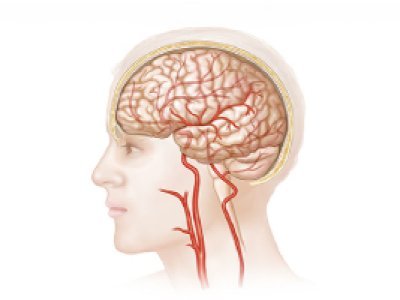you or a family member has been diagnosed with a brain aneurysm, the first major question that arises is — what is the best way to treat it?
You’ve likely heard of two popular choices: Coiling and Clipping.
But which one is safer? Which one enables you to recover sooner? And what about the newer, less invasive methods like flow diverter endovascular surgery that are now catching on in India?
Let’s simplify it for you — so you can make a confident decision with knowledge.
What is Brain Aneurysm Coiling?
Endovascular coiling is a minimally invasive procedure.
Here’s what they do:
- A tiny catheter is inserted, typically through your groin or wrist artery.
- The physician threads it all the way to the aneurysm in the brain.
- Small platinum coils are inserted into the aneurysm, promoting clotting and blocking it from blood circulation.
- Imagine sealing a leak from the inside out — without ever having to open your skull!
Advantages of Coiling:
- No open operation — just a small cut!
- Smaller hospital stay (usually 1-2 days)
- Faster recovery time
- Lower risk of initial infection or complication
- Ideal for patients who may not be able to tolerate large surgery
Disadvantages of Coiling:
- Very slightly increased likelihood of requiring a repeat procedure someday (particularly if the aneurysm is large)
- Not all aneurysm shapes can be treated with coiling — complicated cases may require alternative methods.
What is Brain Aneurysm Clipping?
- Surgical clipping is a tried-and-true, old-school technique. Here’s the process:
A neurosurgeon conducts a craniotomy (a skull opening). - They find the aneurysm directly and insert a tiny metal clip at the base, permanently cutting off blood flow.
- Picture putting a clamp on a ruptured pipe — but this time, it’s in your head.
Advantages of Clipping:
- Extremely low risk of aneurysm reopening at a later date
- Is a “permanent fix” in most instances
- Works for some very complex aneurysms that coiling cannot reach easily
- Disadvantages of Clipping:
- Involves open brain surgery
- Longer hospitalization (usually a week or more)
- More noticeable scarring and longer recovery
- Greater immediate risks of surgery such as infection, bleeding, or neurological complications
- The Emergence of Flow Diverter Endovascular Surgery in India
Now, here’s something new:
Flow diverters are the newest game-changers in aneurysm treatment — particularly for complicated or large aneurysms that previously required risky surgery.
In this minimally invasive procedure:
It redirects blood flow away, promoting natural healing and vessel remodelling over time.
A small stent-like device is deployed across the aneurysm.

